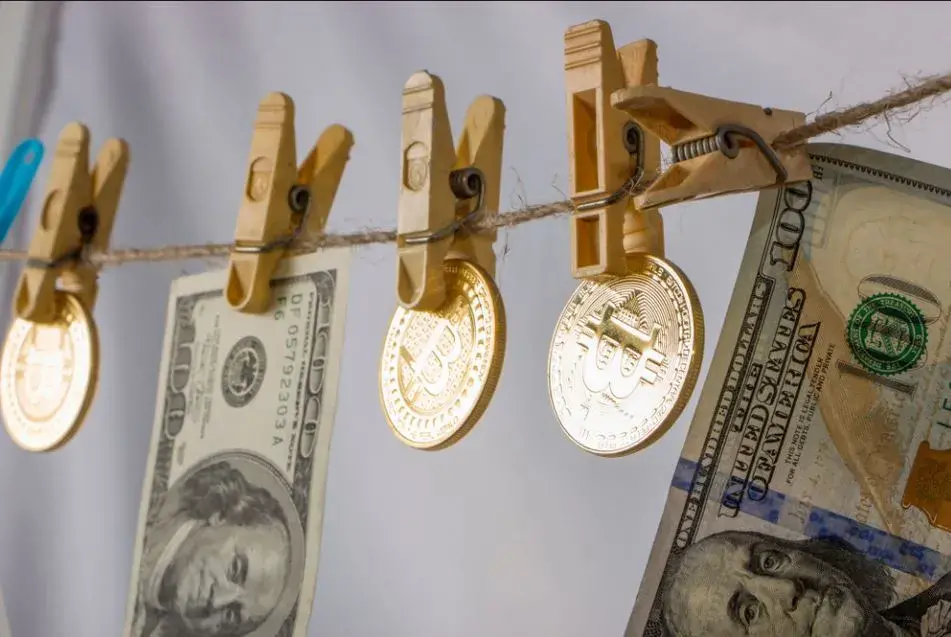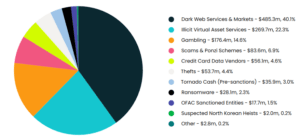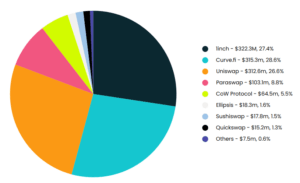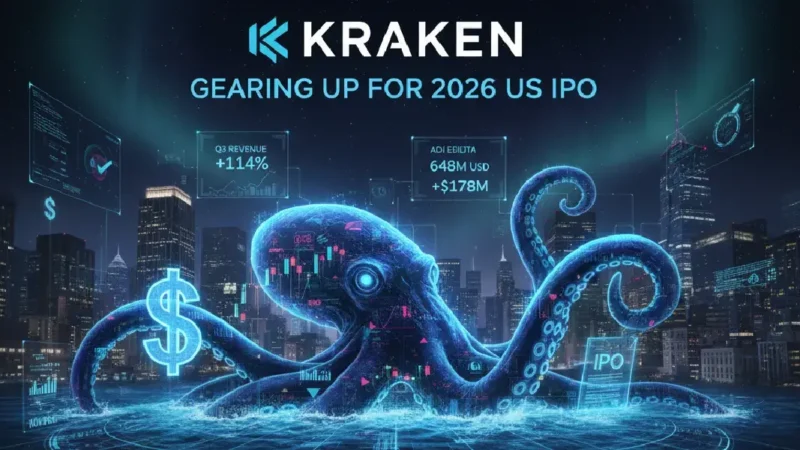Money laundering with cryptocurrencies

Possible money laundering with cryptocurrencies is often used by authorities as an argument to restrict digital assets or their users. A new study shows how little money launderers are really restricted and what tricks they use.
Money laundering with crypto unavoidable?
Measures such as KYC and AML have been widespread in the crypto industry for a good half decade now. The arguments for state-imposed controls are always the same: money laundering and the financing of terrorism are to be prevented.
Recently,blockchainanalysts atElliptic company released a reporttitledThe state of cross-chain crime report 2022.
There, the company, which is well-known in the scene, evaluates how criminals cover up the traces of their cryptocurrencies. This applies in particular to Bitcoin , but the analysts also explicitly name other cryptos such as Ethereum .
Through the flower, Elliptic criticizes the official requirements with its findings. The report shows that the anti-money laundering measures are largely unsuccessful. The company identifies at least $4 billion in funds that have been unlawfully litigated.
The fact that those responsible succeed in laundering money can be easily explained: They avoid platforms that are affected by state control and mostly turn to decentralized crypto exchanges, cross-chain bridges or swappers.
Official pressure on individual users will continue to grow in the future – also in Switzerland. This is due to the Travel Rule , which is being extended from fiat money to crypto. This will not affect most of the money launderers observed by Elliptic, as they make their money in cryptocurrencies and therefore do not have to go through a fiat onramp.
This is how crypto money laundering succeeds
To create the report, Elliptic observed money flows across transparent blockchains . Many of the funds are transferred through networks like Bitcoin or Ethereum, which allow any user public insight.
The cryptocurrencies are captured by hackers and fraudsters, for example, or transferred via marketplaces on the Darknet . Once those responsible have access to the money, they begin their money laundering using an uncontrolled service.
Depending on the captured coin, the procedure differs. Nevertheless, the principle is similar. A chain hop is always aimed for. This is the exchange of cryptocurrencies with each other. These usually do not belong to one and the same blockchain.

For example, if the person holds bitcoin, 97 percent of the money is laundered via so-calledcoin swappers,also known asinstant exchanges. The user sends a cryptocurrency to the service and, after sending, receives another currency paid out to a specified blockchain address.
The user interface of the swapper serves as the interface. Data of the exchange cannot be recognized on the blockchain. In total, Elliptic recorded $1.2 billion laundered by swappers.
On the other hand, if the user holds Ethereum or an ERC-20 token, the money laundering usually takes place via a DEX . A DEX is very similar to the swapper. It is, so to speak, a decentralized version of a swapper. The role of the developers decreases while maintaining higher standards of neutrality towards the user and their funds.

DEXs are mostly not interoperable. Often they only exchange tokens within a smart contract platform. They are also responsible for the equivalent of $1.2 billion laundered.
The cross-chain bridge is the last type of application useful in crypto money laundering. The coins of different blockchains are exchanged with each other in a decentralized way . Elliptic cites theRenBridgeas a particularly popular example. 540 million US dollars were laundered here.
Why money laundering with cryptocurrencies is so easy
Elliptic believes that the role of the three different types of crypto services in relation to money laundering will continue to grow. Swappers in particular have seen strong growth in use since 2021.
Last year, only 0.1 percent of all criminal bitcoin went through swappers. In the meantime, the value has risen to 7.5 percent. Special swappers are created for criminals, who reject confiscations on principle. They advertise their services on the dark web.
A decrease in money laundering cannot be assumed. Exchange services are becoming increasingly decentralized. Atomic swaps are evolving and DEXs are starting to become interoperable.
The recently reported ShapeShift service uses the innovative Thorchain DEX. There are no barriers between individual cryptocurrencies, and due to decentralization, they cannot be applied in the future either.
An unknown volume could not be capturedby Elliptic due to the use of privacy coins in the report . Their best-known representative , Monero , is already the dominant currency on Darknet Markets.




